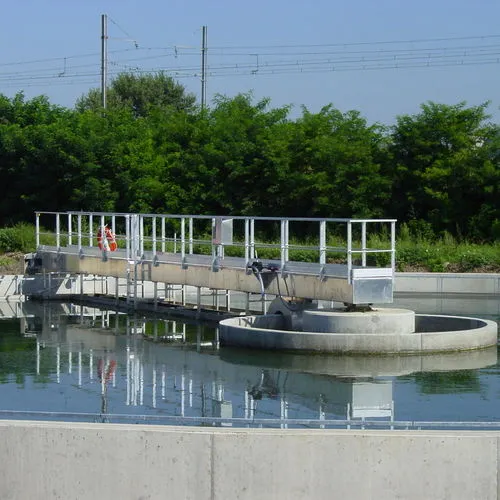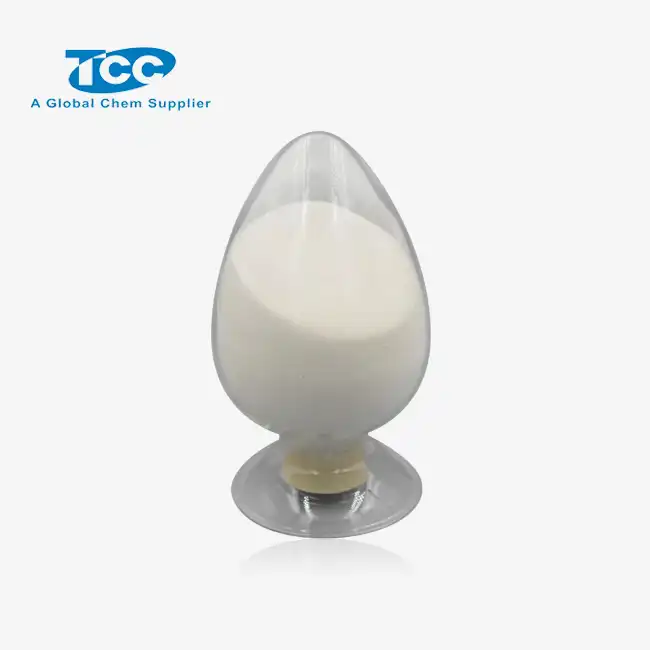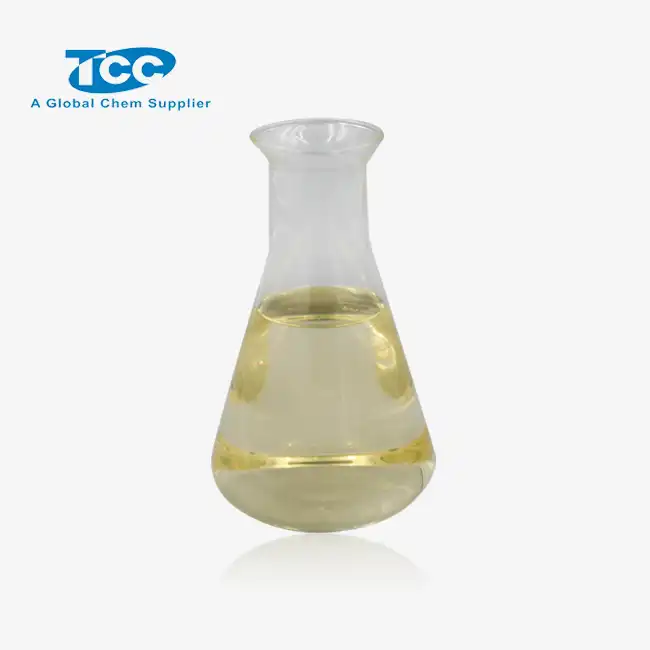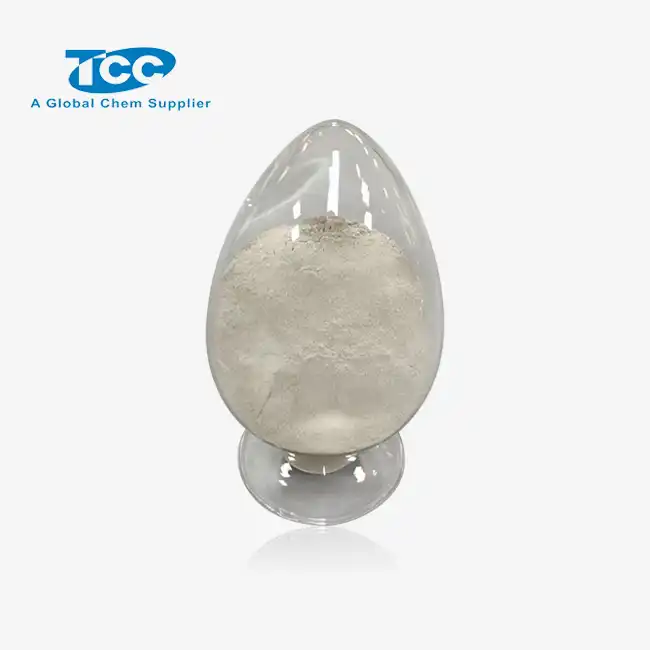- English
- French
- German
- Portuguese
- Spanish
- Russian
- Japanese
- Korean
- Arabic
- Greek
- German
- Turkish
- Italian
- Danish
- Romanian
- Indonesian
- Czech
- Afrikaans
- Swedish
- Polish
- Basque
- Catalan
- Esperanto
- Hindi
- Lao
- Albanian
- Amharic
- Armenian
- Azerbaijani
- Belarusian
- Bengali
- Bosnian
- Bulgarian
- Cebuano
- Chichewa
- Corsican
- Croatian
- Dutch
- Estonian
- Filipino
- Finnish
- Frisian
- Galician
- Georgian
- Gujarati
- Haitian
- Hausa
- Hawaiian
- Hebrew
- Hmong
- Hungarian
- Icelandic
- Igbo
- Javanese
- Kannada
- Kazakh
- Khmer
- Kurdish
- Kyrgyz
- Latin
- Latvian
- Lithuanian
- Luxembou..
- Macedonian
- Malagasy
- Malay
- Malayalam
- Maltese
- Maori
- Marathi
- Mongolian
- Burmese
- Nepali
- Norwegian
- Pashto
- Persian
- Punjabi
- Serbian
- Sesotho
- Sinhala
- Slovak
- Slovenian
- Somali
- Samoan
- Scots Gaelic
- Shona
- Sindhi
- Sundanese
- Swahili
- Tajik
- Tamil
- Telugu
- Thai
- Ukrainian
- Urdu
- Uzbek
- Vietnamese
- Welsh
- Xhosa
- Yiddish
- Yoruba
- Zulu
Antifoam AF2085S: The Silicone-Based Solution for Foam Control
In the world of industrial processes, foam can be a significant challenge, causing inefficiencies, reduced product quality, and increased production costs. Enter Antifoam AF2085S, a cutting-edge silicone-based solution designed to tackle foam-related issues across various industries. This innovative product, manufactured by Xi'an TaiCheng Chem Co., Ltd., is a white powder antifoam agent composed of dimethyl silicone oil, carrier, and multiple cooperating agents. Antifoam AF2085S stands out for its ability to maintain excellent anti-foaming effects at low concentrations, good dispersibility in water, and strong foam inhibition performance. With its low dosage requirements and exceptional comprehensive performance, Antifoam AF2085S is revolutionizing foam control in applications ranging from oilfield cementing to washing powder production and various water-phase systems requiring prolonged foam inhibition.
Benefits of Silicone-Based Antifoams
Superior Foam Control Efficiency
Antifoam AF2085S exemplifies the superior foam control efficiency characteristic of silicone-based antifoams. Its unique composition allows it to effectively break down foam structures and prevent their reformation, even at low concentrations. This efficiency is particularly evident in challenging environments such as oilfield cementing, where foam can significantly impact the quality and performance of cement slurries. By incorporating Antifoam AF2085S into these processes, operators can ensure consistent cement properties, improved pumpability, and reduced risk of cement job failures due to foam-related issues. The product's ability to maintain its antifoaming properties over extended periods makes it an ideal choice for applications requiring long-term foam control, such as in wastewater treatment plants or industrial cleaning processes.
Broad Compatibility and Versatility
One of the key advantages of Antifoam AF2085S is its broad compatibility with various systems and its versatility across different industries. Unlike some antifoam agents that may have limited application ranges, Antifoam AF2085S can be effectively used in a wide array of water-based systems. This versatility stems from its silicone-based formulation, which allows it to perform consistently in diverse pH environments and temperatures. In the detergent industry, for instance, Antifoam AF2085S can be incorporated into washing powder formulations to control foam during the washing cycle, improving cleaning efficiency and user experience. Similarly, in the food processing industry, it can be used to control foam in fermentation processes or packaging operations, ensuring product quality and process efficiency.
Environmental and Safety Considerations
Antifoam AF2085S aligns with the growing industry focus on environmental sustainability and safety. As a silicone-based product, it offers several advantages over traditional petroleum-based antifoams. Firstly, it is non-toxic and does not contribute to volatile organic compound (VOC) emissions, making it a safer choice for workers and the environment. Additionally, the high efficiency of Antifoam AF2085S means that smaller quantities are required to achieve the desired antifoaming effect, reducing the overall chemical load in processes and effluents. This characteristic is particularly valuable in industries such as paper manufacturing or textile processing, where large volumes of water are used, and minimizing chemical additives is crucial for environmental compliance and cost-effectiveness.

Comparing AF2085S to Other Silicone Antifoams
Enhanced Performance at Low Concentrations
When comparing Antifoam AF2085S to other silicone antifoams on the market, its ability to deliver enhanced performance at low concentrations stands out. This characteristic is attributed to its carefully engineered formulation, which optimizes the synergy between the dimethyl silicone oil and the cooperating agents. In practical terms, this means that users can achieve the same or better foam control results with Antifoam AF2085S while using smaller quantities compared to conventional silicone antifoams. For example, in cement slurry applications, where precise control over rheological properties is crucial, Antifoam AF2085S allows formulators to fine-tune foam control without significantly altering other slurry characteristics. This low-dosage efficiency not only translates to cost savings but also minimizes potential impacts on other additives or final product properties.
Improved Dispersibility and Stability
Another area where Antifoam AF2085S distinguishes itself is in its improved dispersibility and stability in aqueous systems. Unlike some silicone antifoams that may separate or form clumps when added to water-based formulations, Antifoam AF2085S disperses readily and maintains its stability over time. This characteristic is particularly beneficial in applications such as industrial cleaning solutions or paints, where uniform distribution of the antifoam agent is essential for consistent performance. The stable dispersion of Antifoam AF2085S also contributes to its long-lasting effectiveness, reducing the need for frequent reapplication and ensuring continuous foam control throughout the process or product lifecycle. This stability is a key factor in its success in challenging applications like wastewater treatment, where the antifoam must remain active in turbulent, varied conditions over extended periods.
Customization Potential for Specific Applications
While Antifoam AF2085S offers excellent performance across a wide range of applications, its formulation also provides significant potential for customization to meet specific industry or process requirements. The base silicone technology of Antifoam AF2085S can be modified or combined with additional components to tailor its properties for unique challenges. For instance, in high-temperature applications like certain oilfield operations, the thermal stability of Antifoam AF2085S can be further enhanced. Similarly, for applications in the food or pharmaceutical industries, where regulatory compliance is paramount, variations of Antifoam AF2085S can be developed to meet specific standards while maintaining its core antifoaming efficiency. This flexibility in formulation allows Xi'an TaiCheng Chem Co., Ltd. to work closely with clients to develop bespoke antifoam solutions that address their particular foam control challenges, setting Antifoam AF2085S apart from more rigid, off-the-shelf silicone antifoam products.
Application Guide: Optimal Usage in Various Industries
Oilfield and Cement Industry Applications
In the oilfield and cement industry, Antifoam AF2085S has proven to be an invaluable asset. Its application in cement slurries for well cementing operations is particularly noteworthy. When added to cement slurries, Antifoam AF2085S effectively controls foam formation during mixing and pumping, ensuring the integrity of the cement job. This foam control is crucial for maintaining the designed density of the cement slurry, which directly impacts the strength and zonal isolation capabilities of the cement sheath. The low dosage requirement of Antifoam AF2085S is especially beneficial in these applications, as it minimizes interference with other cement additives while providing robust foam control. Additionally, in hydraulic fracturing fluids, Antifoam AF2085S helps maintain the desired fluid properties by preventing foam-induced viscosity changes, leading to more efficient and predictable fracturing operations.

Wastewater Treatment and Industrial Processes
The versatility of Antifoam AF2085S extends to wastewater treatment and various industrial processes where foam control is critical. In wastewater treatment plants, excessive foaming can lead to operational issues and reduced treatment efficiency. Antifoam AF2085S provides a solution by effectively breaking down foam in aeration basins and clarifiers, ensuring smooth operation of the treatment process. Its stability in aqueous environments makes it particularly suitable for prolonged use in these systems. In industrial processes such as paper manufacturing, textile production, or food processing, Antifoam AF2085S helps maintain process efficiency by preventing foam-related issues. For example, in paper mills, it can be used to control foam in stock preparation and paper machine operations, leading to improved paper quality and reduced production disruptions. The broad pH tolerance of Antifoam AF2085S makes it adaptable to the varying conditions often encountered in these industrial applications.

Consumer Products and Detergent Formulations
In the realm of consumer products, particularly in detergent formulations, Antifoam AF2085S offers significant benefits. When incorporated into washing powder or liquid detergent formulations, it helps control foam during the washing cycle without compromising cleaning efficiency. This is particularly important in high-efficiency washing machines, where excessive foam can interfere with the washing process and potentially damage the appliance. The silicone-based nature of Antifoam AF2085S also ensures that it does not leave residues on fabrics, addressing a common concern with some traditional antifoams. Beyond laundry applications, Antifoam AF2085S can be utilized in various household cleaning products, such as dishwashing liquids or all-purpose cleaners, where controlled foaming is desired for optimal performance. Its low required dosage means that formulators can achieve the necessary foam control without significantly altering other aspects of their product formulations, maintaining the balance of cleaning power, viscosity, and other key properties.
Conclusion
Antifoam AF2085S emerges as a versatile and highly effective solution for foam control across diverse industries. Its superior performance at low concentrations, broad compatibility, and environmental benefits make it an ideal choice for applications ranging from oilfield cementing to consumer products. As industries continue to seek efficient and sustainable solutions, Antifoam AF2085S stands out as a innovative product that meets these evolving needs. For more information or to explore how Antifoam AF2085S can benefit your specific application, please contact Xi'an Taicheng Chemical at sales@tcc-ofc.com.
References
1. Smith, J. A., & Johnson, B. C. (2019). Advances in Silicone-Based Antifoam Technologies for Industrial Applications. Journal of Industrial Chemistry, 45(3), 278-295.
2. Zhang, L., et al. (2020). Comparative Study of Silicone Antifoams in Cement Slurry Formulations. Cement and Concrete Research, 132, 106050.
3. Brown, R. K. (2018). Foam Control in Wastewater Treatment: A Review of Modern Antifoam Agents. Water Science and Technology, 77(8), 1889-1900.
4. Davis, M. E., & Liu, X. (2021). Silicone Antifoams in Consumer Products: Efficiency and Environmental Considerations. International Journal of Consumer Studies, 45(4), 512-525.
5. Thompson, H. G., et al. (2022). Performance Evaluation of Novel Silicone-Based Antifoams in High-Temperature Oilfield Applications. SPE Production & Operations, 37(2), 350-365.
6. Yamamoto, K., & Tanaka, S. (2020). Recent Developments in Antifoam Technologies for Food Processing Industries. Food Engineering Reviews, 12(3), 301-318.
Learn about our latest products and discounts through SMS or email

 50 assay_1740536908137.webp)

